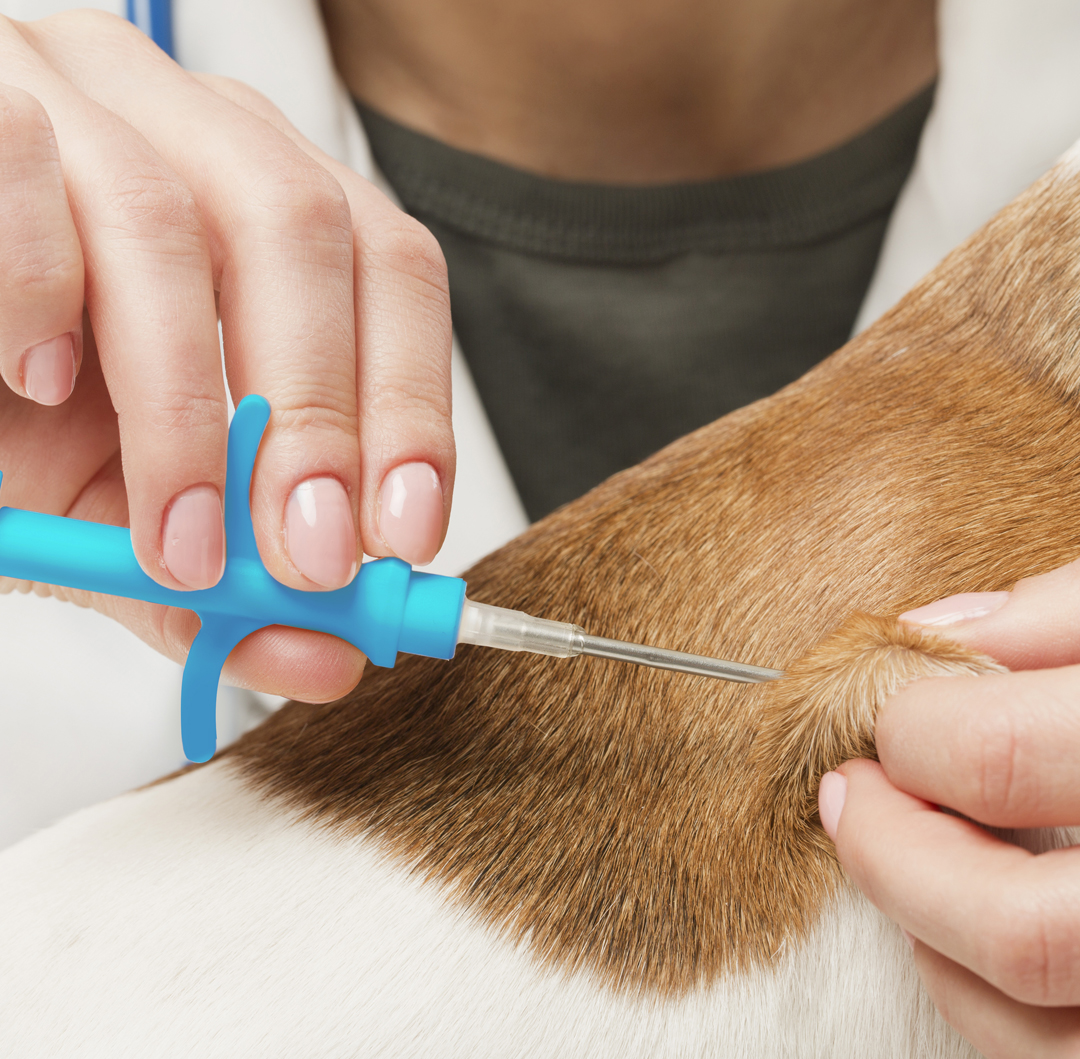MOBILE MICROCHIPPING FOR DOGS AND PUPPIES
From April 6th 2016 all dogs and puppies over 8 weeks of age will have to be micro chipped by law in addition to them wearing a collar and tag with the owners contact information.
With the new law now in place ensuring all dogs are now micro chipped, it is essential for all dog owners to ensure their pet has a current up to date microchip in place.
At MICROPET, we have a team of qualified specialist microchip experts on hand to carry out professional micro chipping at your own home to save time and stress taking your dog to a vets to get it carried out.
Our team are fully qualified and experienced in microchipping, and our love for animals ensures your dog has the most pleasant experience possible.
We use the very latest technology to ensure the whole process is quick and easy.

MOBILE MICROCHIPPING FOR CATS
From 2024 it will become mandatory for all cats in the UK to be fully micro chipped. See here
Lost or stray pet cats are more likely to be reunited with their owners and returned home safely under new pet microchipping rules announced by the Government today.
Under the new plans, all keepers must ensure their pet is microchipped before they reach the age of 20 weeks and their contact details stored and kept up to date in a pet microchipping database. Owners found not to have microchipped their cat will have 21 days to have one implanted or may face a fine of up to £500.
The new microchipping rules follow a Government call for evidence and consultation on the issue in which 99% of respondents expressed support for the measure.
The introduction of compulsory cat microchipping was a key manifesto commitment and the Government pledged to introduce it under its flagship Action Plan for Animal Welfare.
There are over 10.8 million pet cats in the UK, with as many as 2.8 million unchipped, meaning that it would be very difficult to reunite them with their owner if they get lost or stolen. Eight out of 10 stray cats coming into Cats Protection’s centres are not microchipped.
HOW IT WORKS
What is a microchip?
A pet microchip is a tiny computer chip that’s about the size of a grain of rice. It contains a unique code that matches up to your pet’s details.
Microchipping a dog is a quick and simple procedure. The chip is inserted under a dog’s skin, usually around the scruff of the neck, using a needle. It takes seconds.
Dogs can be checked for a microchip using a handheld electronic device, called a scanner. When this is waved over the dog’s neck, the scanner will recognise the unique information held inside the chip.

Why should I get my pet microchipped?
A microchip is a permanent form of identification. As long as the details are kept up to date, you can always be contacted if your dog goes missing.
When dogs are found straying they are collected by the local authority dog warden and kept for seven days. If your microchipped dog goes missing and is taken in by the dog warden, your contact details will be easily found and you can come and collect them straight away, even if their collar and ID tag have fallen off.
But without identification telling the dog warden who your dog belongs to, they cannot let you know your beloved pet has been found. After seven days your dog can be passed to a rehoming charity, such as Blue Cross, to be found a loving new home, or they can be euthanised by the local authority.
Each year we look after many dogs who we know must have come from loving homes as they are friendly, affectionate and have had training. But sadly, without a microchip, we have no way of reuniting them with their owners so we find them new loving families instead, even though we know that somewhere out there a heartbroken owner is missing them terribly.
It’s really important to keep your dog’s details up to date, too. We have rehomed dogs whose owners we could not get in touch with because the details on the microchip were not current.

Where can I get my dog microchipped and how much will it cost?
Costs vary but there are numerous benefits to using a mobile pet microchipping company which includes less stress on your pet and convenience of a door-to-door service. Make sure the person who microchips your dog is qualified to do so as your dog may suffer if the person is not properly trained.
How old does my dog have to be to be chipped?
Dogs can be microchipped at any age, but it’s more comfortable for puppies if they’re at least seven or eight weeks old before being chipped.
Under the new microchipping law that came into effect on 6 April 2016, all dogs and puppies must be microchipped and registered by the age of eight weeks.
Will microchipping hurt my dog?
Microchipping is a quick procedure but it does involve a needle so is likely to be uncomfortable for your dog for a few seconds. However, many dogs don’t even notice!
If you think your dog or puppy has had a reaction to a microchip, contact your vet straight away.

Who is responsible for ensuring my dog or cat is microchipped?
Under the new Microchipping of Dogs (England) Regulations legislation, the person who primarily cares for the dog and keeps them in their home is called a ‘keeper’, not an ‘owner’.
The dog’s microchip must be registered to the ‘keeper’, who may not always be the owner.
Some rescue organisations used to keep chips registered in the name of
the rescue instead of the owner, but under the new law this is no longer
allowed. If you rehome a rescue dog, their chip details must be
registered in your name. Many rescues will do this automatically
when you rehome the dog, but always check.
This means this person has legal responsibility for their dog and can be held responsible if thedog falls foul of any law, including straying or causing injury, but it does not prove legal ownership.

How do I change my dog’s microchip details?
If you move and have a change of address or name, don’t forget to update your dog’s details too.
To do this, get in touch with the database that holds your dog’s details. Depending on which database your dog is registered with, you might be able to do this over the phone or online, or you may have to do so by post.
The cost of actually getting your dog microchipped covers only the implantation of the chip itself; it doesn’t cover the cost of changing your pet’s details in the future.
Pet microchip databases charge an admin fee of between £6 and £20 to change and update dogs’ details. Some will charge you each time you want to change your details, and others charge an upfront fee that covers all changes for the whole of your dog’s life. Check with your database to find out how they are administered.
If you don’t keep your details up to date, the chances of you being reunited with your pet if they
go missing significantly decrease. Don’t run the risk of never seeing your dog again.

